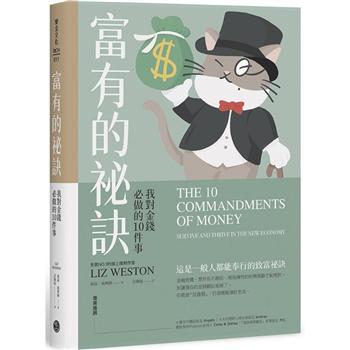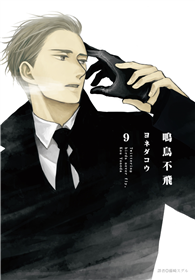Designated as naval aviator in 1932, he served in scouting squadrons in the heavy cruiser USS Salt Lake City (CA-25) and the aircraft carriers USS Enterprise (CV-6) and USS Yorktown (CV-5). In 1941 he was at the Bureau of Aeronautics when U.S. entered World War II--was transferred as Commander Carrier Air Group Two in the Hornet (CV-8). Later was CO of the escort carrier USS Badoeng Strait (CVE-116)in the Korean area, then CO of the attack aircraft carrier USS Forrestal (CVA-59). He was Commander Seventh Fleet when the Gulf of Tonkin incident occurred and in 1965 became CinC U.S. Pacific Fleet until his retirement in 1967. Among topics covered are: training of night fighters; U.S. development of Cam Ranh Bay; study of seaplane as a weapons system; effectiveness of PBYs.
| FindBook |
有 1 項符合
Reminiscences of Adm. Roy L. Johnson, USN (Ret.)的圖書 |
 |
Reminiscences of Adm. Roy L. Johnson, USN (Ret.) 作者:Johnson 出版社:US Naval Institute Press 出版日期:2016-06-09 語言:英文 規格:精裝 / 368頁 / 27.94 x 21.59 x 2.06 cm / 普通級/ 初版 |
| 圖書館借閱 |
| 國家圖書館 | 全國圖書書目資訊網 | 國立公共資訊圖書館 | 電子書服務平台 | MetaCat 跨館整合查詢 |
| 臺北市立圖書館 | 新北市立圖書館 | 基隆市公共圖書館 | 桃園市立圖書館 | 新竹縣公共圖書館 |
| 苗栗縣立圖書館 | 臺中市立圖書館 | 彰化縣公共圖書館 | 南投縣文化局 | 雲林縣公共圖書館 |
| 嘉義縣圖書館 | 臺南市立圖書館 | 高雄市立圖書館 | 屏東縣公共圖書館 | 宜蘭縣公共圖書館 |
| 花蓮縣文化局 | 臺東縣文化處 |
|
|
圖書介紹 - 資料來源:博客來 評分:
圖書名稱:Reminiscences of Adm. Roy L. Johnson, USN (Ret.)
|









